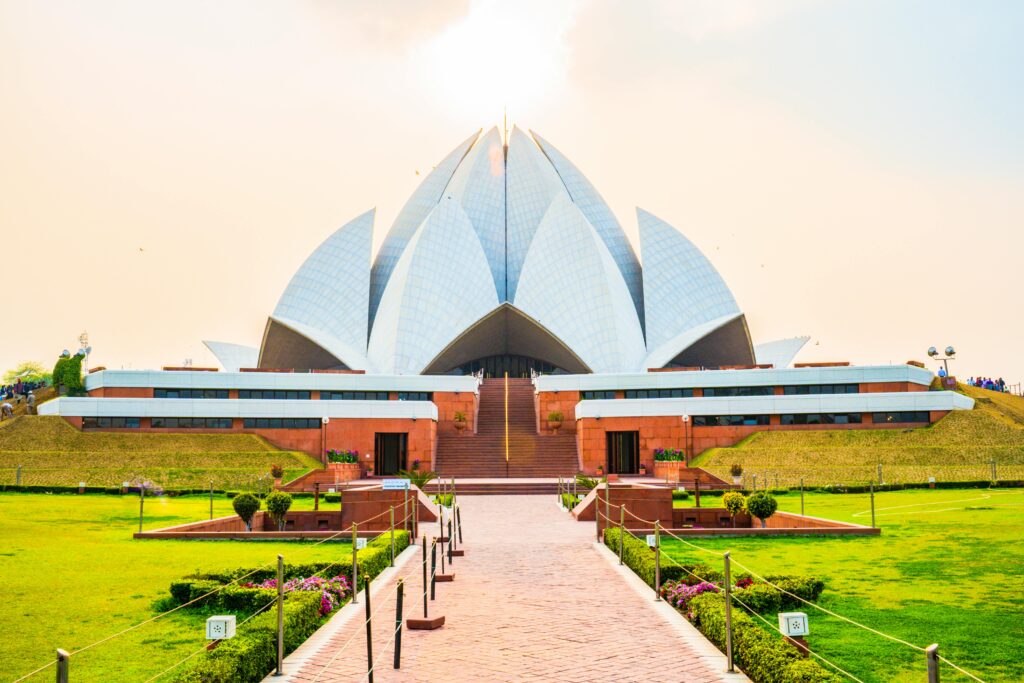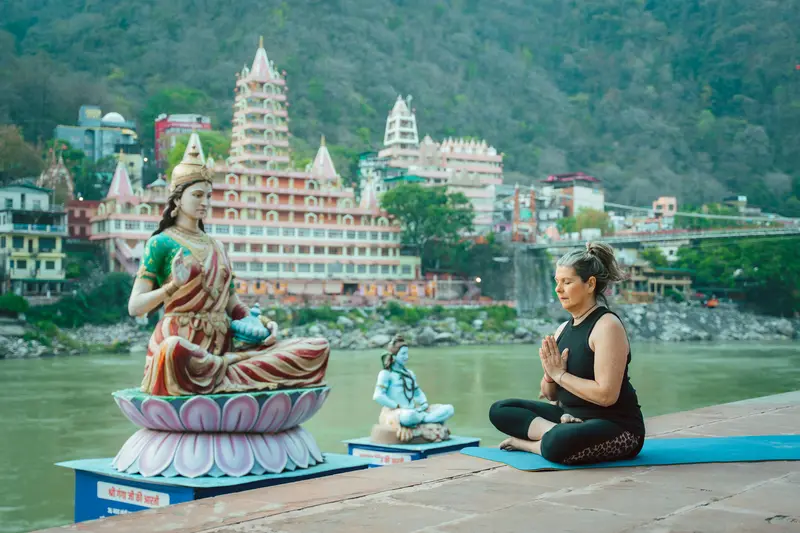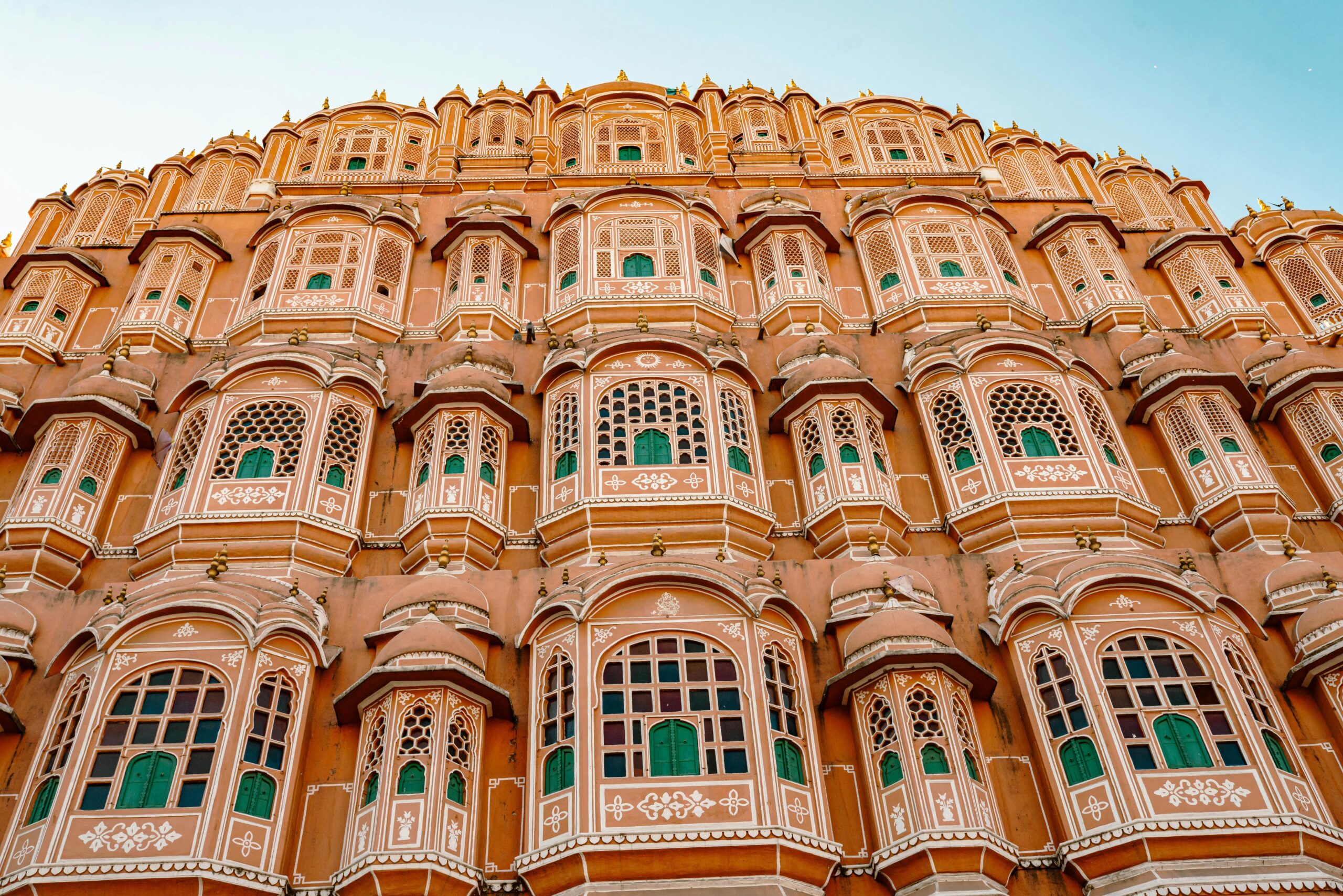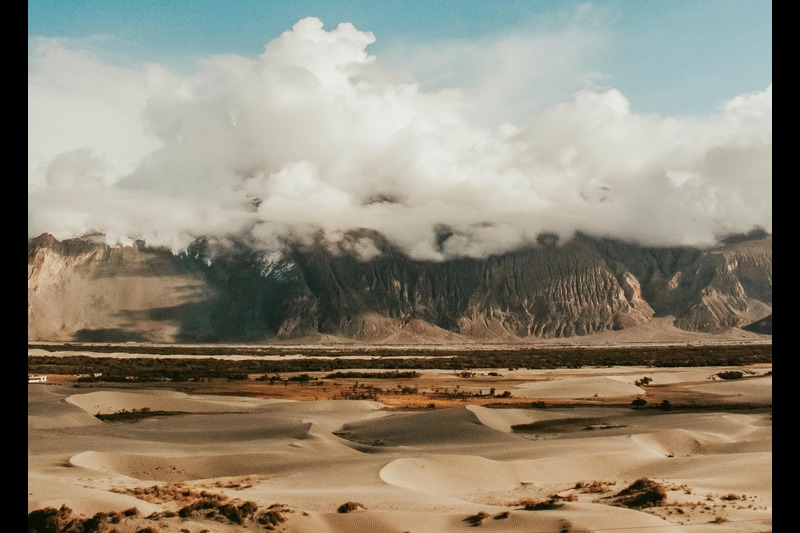
Duration: 7 Days
Cities Covered:
Delhi – Agra – Jaipur
The Golden Triangle Tour connects India’s three most celebrated cities—Delhi, Agra, and Jaipur—forming a circuit that reflects the essence of India’s history, architecture, and royal legacy. Each destination tells its own timeless story through monuments, palaces, and vibrant traditions. This route captures the true spirit of India’s past and present, blending Mughal grandeur with Rajput elegance and modern charm. For travelers seeking to experience India’s cultural richness in one seamless journey, the Golden Triangle remains an unmatched classic.
Delhi: A City Where History Meets Modern India
Delhi, India’s capital, is where centuries of history breathe alongside contemporary life. The city unfolds in layers—ancient forts, Mughal tombs, colonial buildings, and bustling markets coexist with modern avenues and sleek architecture. The Red Fort, Qutub Minar, and Humayun’s Tomb showcase Delhi’s architectural brilliance, while Chandni Chowk offers a sensory dive into old-world charm with its narrow lanes and street aromas. Raj Ghat, the memorial of Mahatma Gandhi, adds a touch of quiet reverence. Beyond its historical roots, Delhi’s vibrant culture and culinary diversity create a perfect prologue to the Golden triangle tour india packages, making it a journey that bridges time and tradition effortlessly.
Agra: The City of Eternal Love and Mughal Grandeur
Agra stands as a poetic tribute to India’s Mughal era, with the Taj Mahal as its eternal symbol of love. The marble masterpiece, glowing under the changing hues of the sky, embodies perfection in art and emotion. The Agra Fort, with its massive red sandstone walls, echoes stories of emperors and empires. Mehtab Bagh offers a serene view of the Taj across the Yamuna, while Itmad-ud-Daulah’s Tomb reveals the delicate finesse of Mughal craftsmanship. Local bazaars brim with marble inlay art, miniature paintings, and handicrafts that carry the city’s artistic DNA. Agra’s charm lies not just in its monuments but also in its quiet ability to remind travelers of the artistry and emotion that shaped India’s cultural identity.
Jaipur: The Royal Capital of Rajasthan
Jaipur, fondly known as the Pink City, completes the triangle with its royal splendor and colorful streets. The city’s planned architecture, inspired by ancient Hindu design principles, blends aesthetics with functionality. The Amber Fort’s majestic courtyards, City Palace’s grandeur, and Hawa Mahal’s intricate façade narrate tales of valor and artistry. The Jantar Mantar observatory showcases the scientific wisdom of medieval India. Local markets, rich with textiles, jewelry, and blue pottery, reflect Jaipur’s craftsmanship heritage. A walk through the old city reveals the regal rhythm of Rajasthan, where every wall and window seems to hold a fragment of history. Jaipur’s warmth and elegance give the Golden triangle tour of india its royal finishing touch, leaving travelers with memories as vivid as the city’s colors.
The Essence of the Golden Triangle Journey
The Golden Triangle Tour goes beyond monuments—it’s an emotional connection with India’s cultural heart. Each city represents a chapter of India’s evolution: Delhi speaks of power and continuity, Agra of love and art, and Jaipur of royalty and tradition. The route is well-connected by road and rail, allowing travelers to experience India’s diversity without rushing through it. Along the way, one witnesses not only historical brilliance but also the rhythm of everyday life—markets, festivals, and cuisine that capture the country’s living culture. It’s a journey where the past breathes within the present, offering glimpses of India’s timeless spirit.
Why the Golden Triangle is India’s Signature Circuit?
This trail remains one of the most popular travel routes in the country because it encapsulates the diversity that defines India. From Mughal gardens and Rajput palaces to colonial landmarks and bustling bazaars, every stop offers something distinctive yet interconnected. Travelers can witness architectural marvels, taste regional delicacies, and engage with local artisans—all within a compact yet deeply immersive itinerary. With Ashoka Holidays, the journey is designed to highlight authentic experiences—comfortably paced, culturally enriching, and seamlessly organized.
Cultural Highlights on the Route
What makes this circuit exceptional is its ability to blend history with human stories. Delhi’s spiritual sites like Akshardham Temple and Jama Masjid showcase India’s religious inclusivity. Agra’s marble workshops preserve centuries-old craftsmanship, while Jaipur’s folk performances bring Rajasthani traditions to life. Whether it’s savoring spicy chaats in Delhi, watching the Taj Mahal at sunrise, or riding an elephant to Amber Fort, the Golden Triangle presents an experience that resonates beyond sightseeing—it’s India at its most authentic and expressive.
Conclusion
The Golden Triangle Tour remains India’s most symbolic travel circuit, connecting the past’s magnificence with the present’s vitality. Each city offers a chapter of India’s story—Delhi’s history, Agra’s artistry, and Jaipur’s royalty weave a tapestry that defines Indian heritage. With Ashoka Holidays, this journey transforms into more than a tour—it becomes an experience that captures the essence of India’s timeless charm, its colors, flavors, and enduring spirit.
People Also Ask
What is the Golden Triangle Tour in India?
It refers to a travel circuit covering Delhi, Agra, and Jaipur—three cities that represent India’s cultural and historical richness.
Why is it called the Golden Triangle?
The route forms a triangle on the map, connecting Delhi, Agra, and Jaipur, each city offering golden glimpses of India’s heritage.
How many days are ideal for the Golden Triangle Tour?
A 5–7 day itinerary is ideal to explore key attractions without feeling rushed.
What are the major attractions in Delhi?
Key sites include the Red Fort, India Gate, Humayun’s Tomb, and Qutub Minar, along with the vibrant lanes of Chandni Chowk.
Why is Agra famous worldwide?
Agra is home to the Taj Mahal, one of the Seven Wonders of the World, known for its architectural perfection and romantic legacy.
What makes Jaipur a must-visit city?
Jaipur’s royal forts, palaces, and traditional crafts make it a captivating blend of culture, color, and history.
When is the best time to travel the Golden Triangle route?
October to March offers pleasant weather, making it ideal for sightseeing and cultural experiences.
Can the Golden Triangle be combined with other destinations?
Yes, travelers often extend the circuit to include Ranthambhore for wildlife or Varanasi for a spiritual experience.






